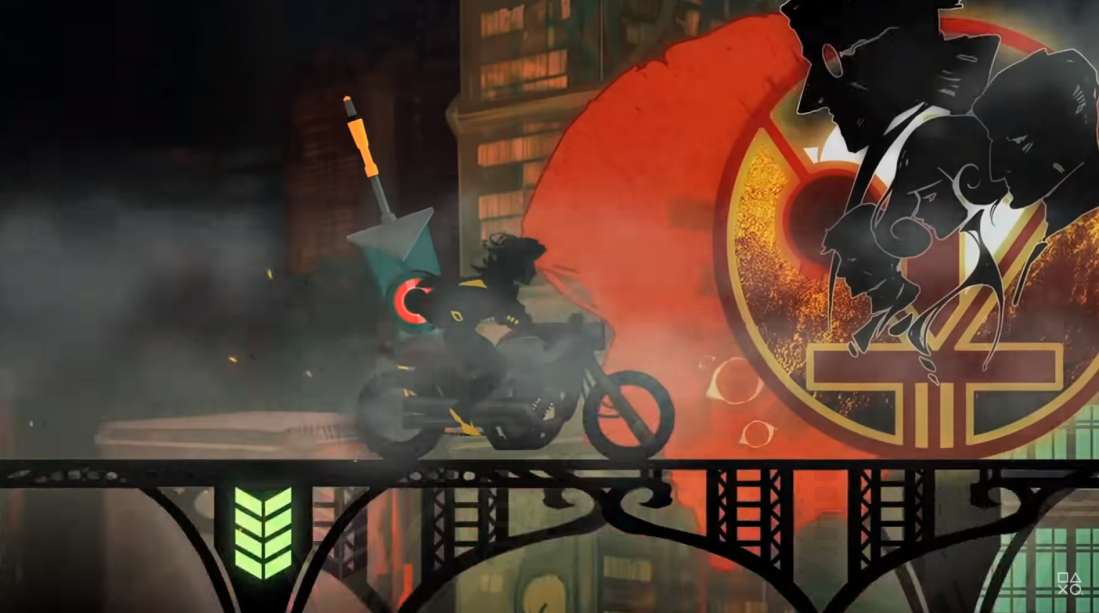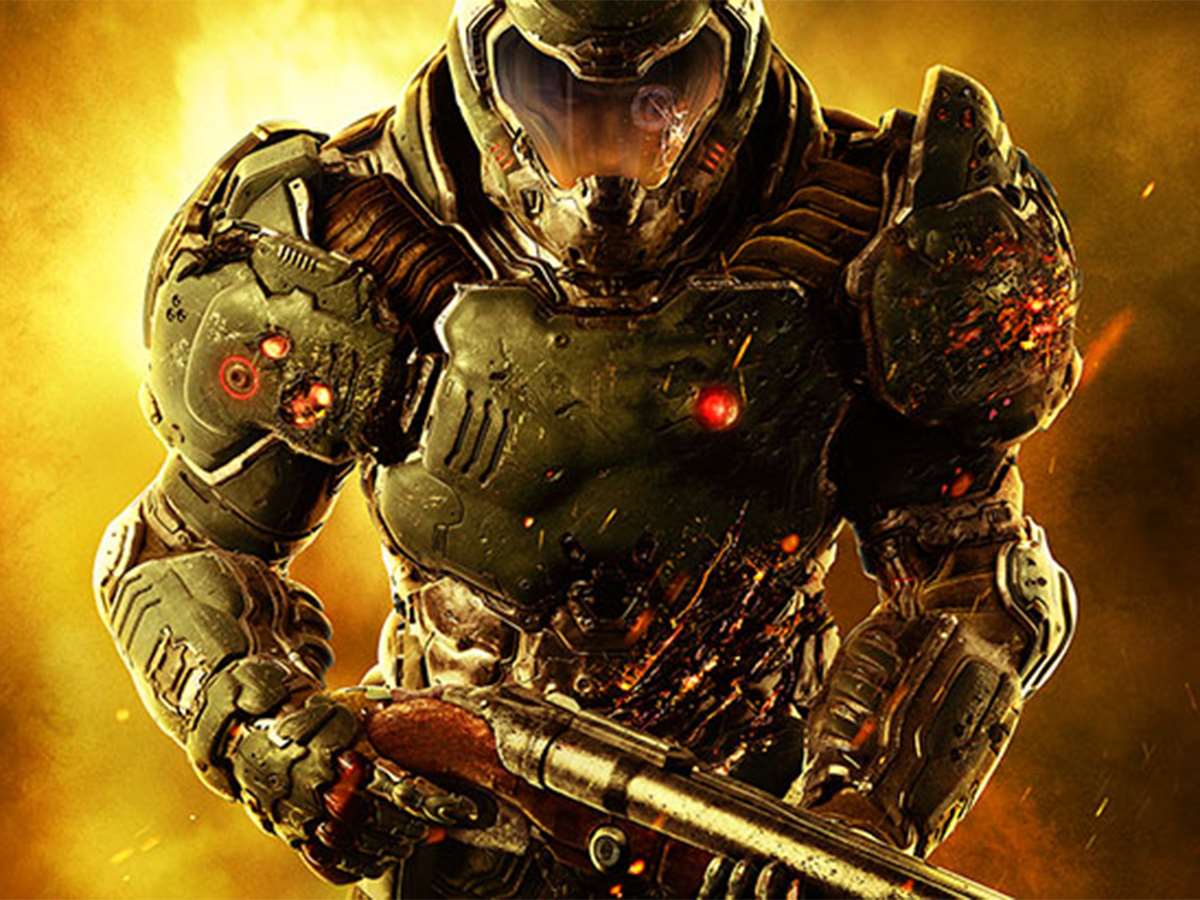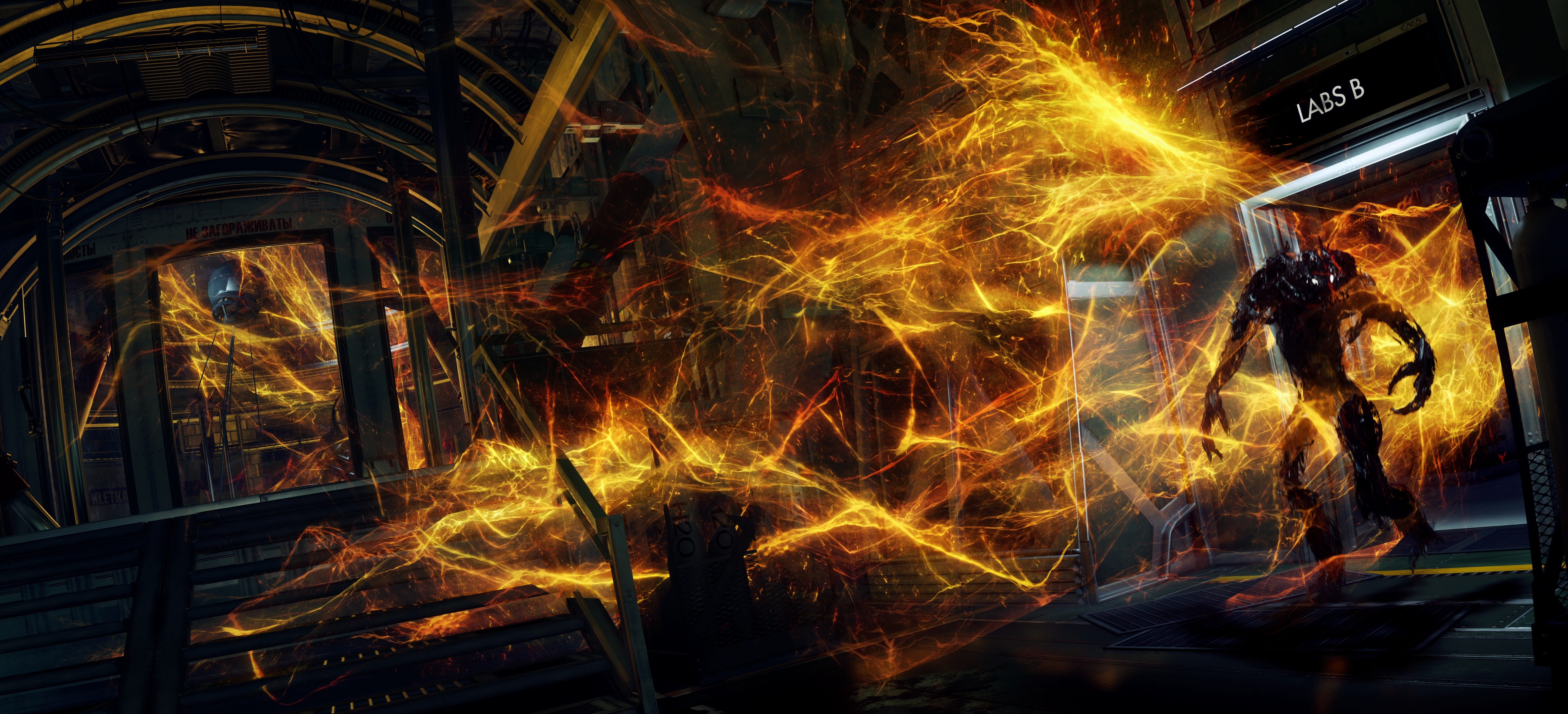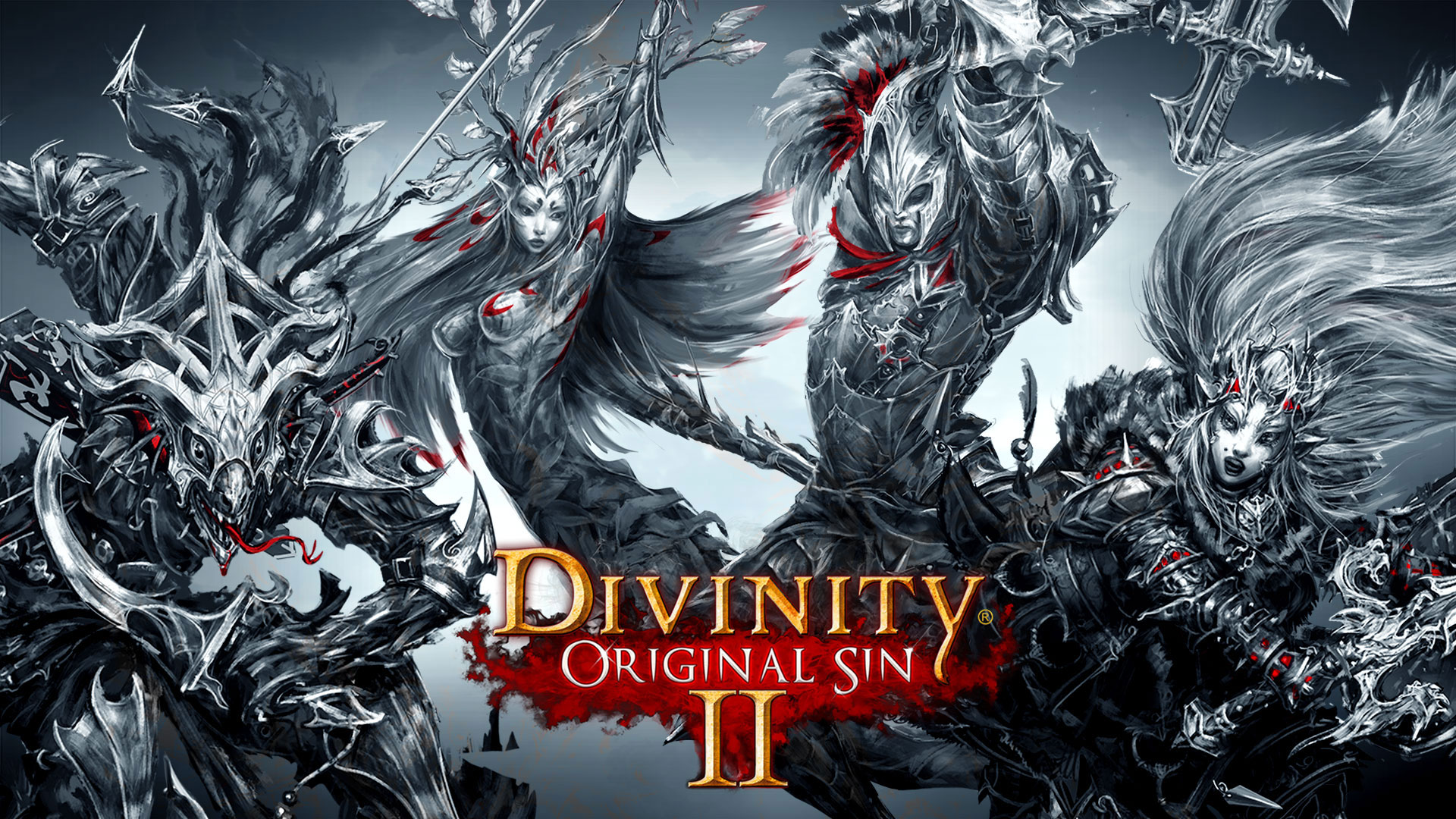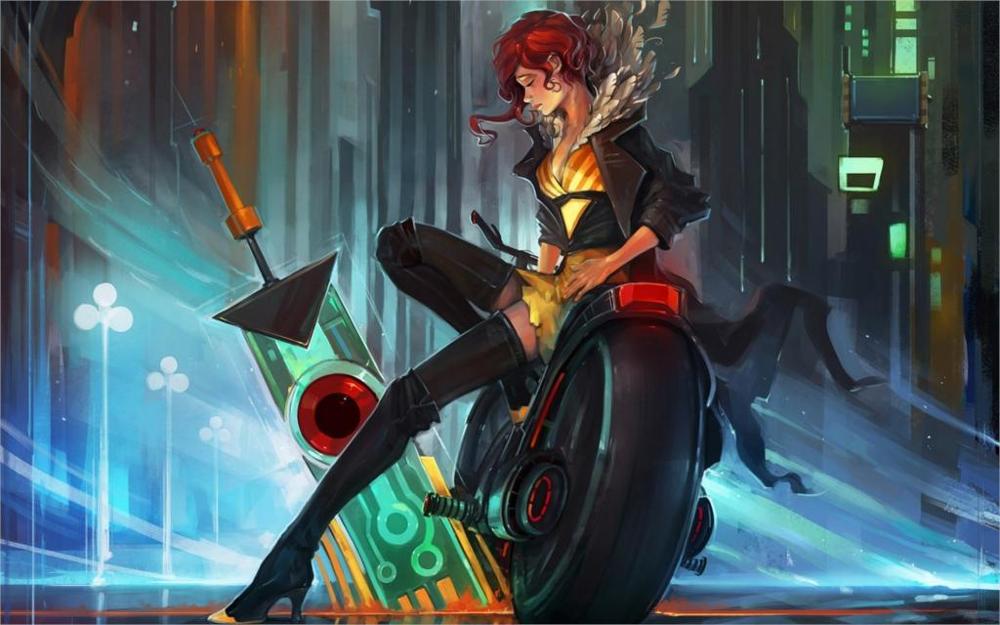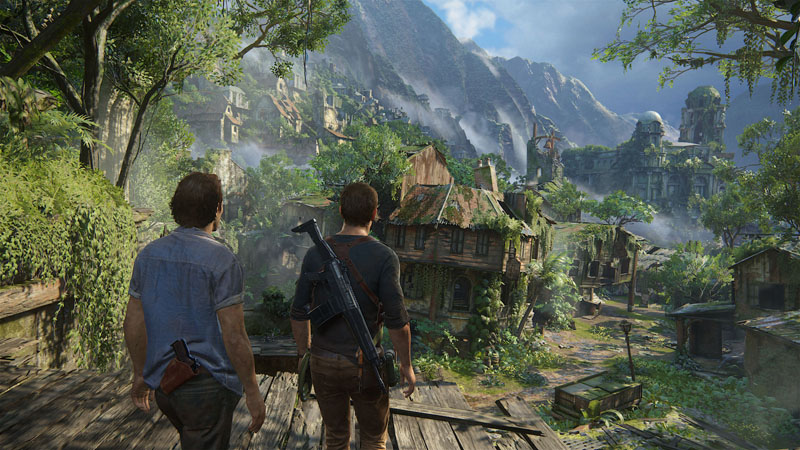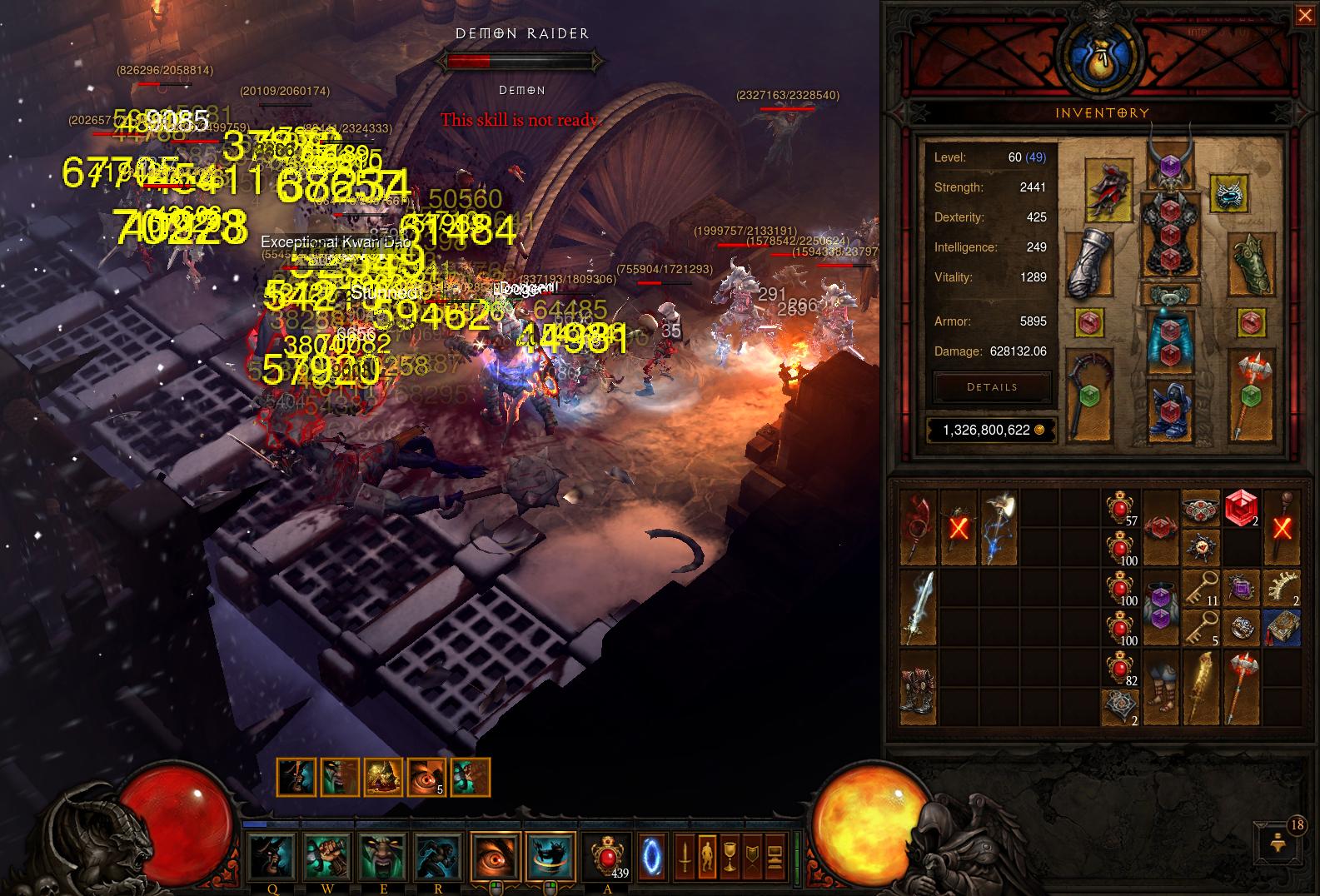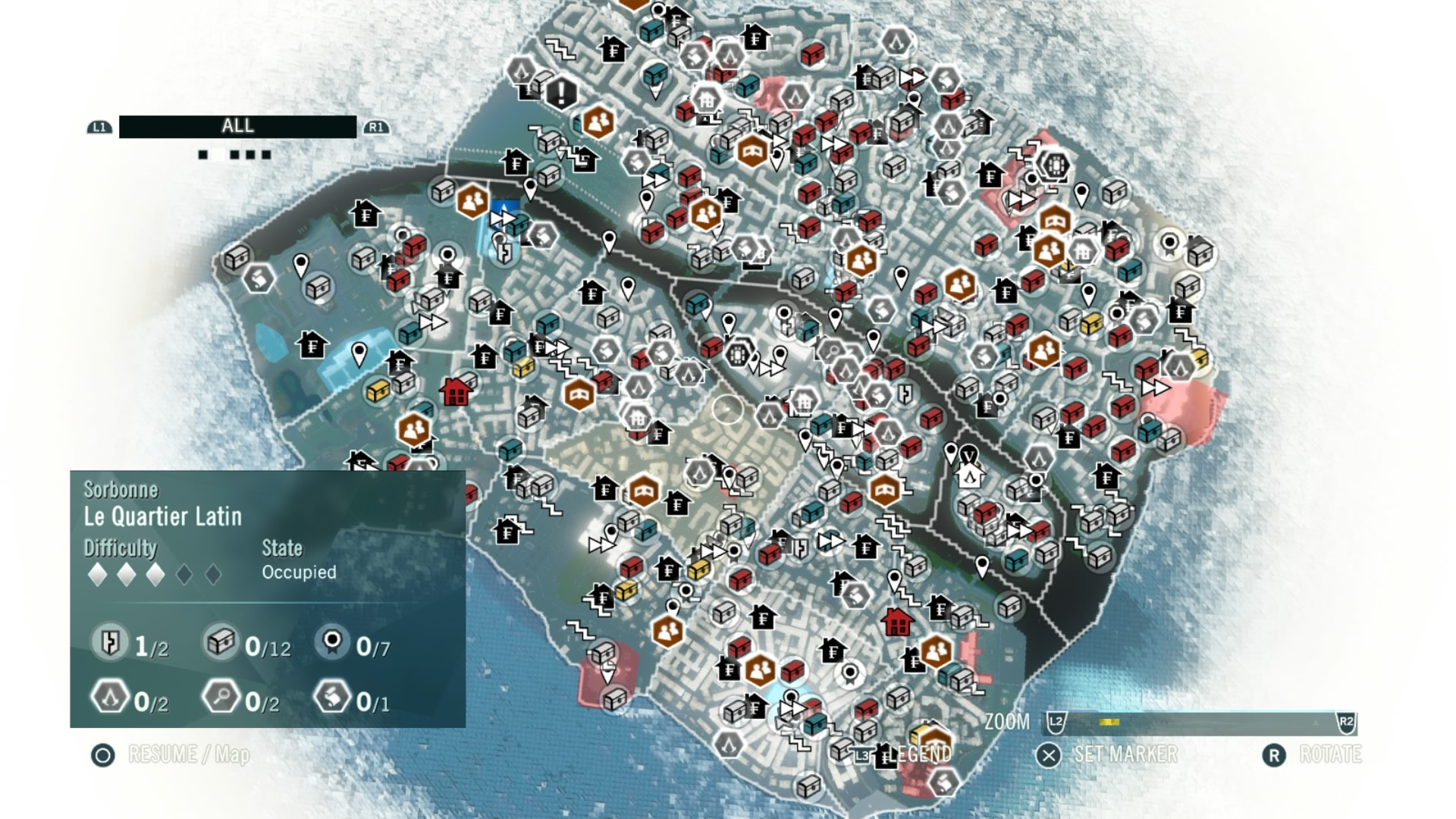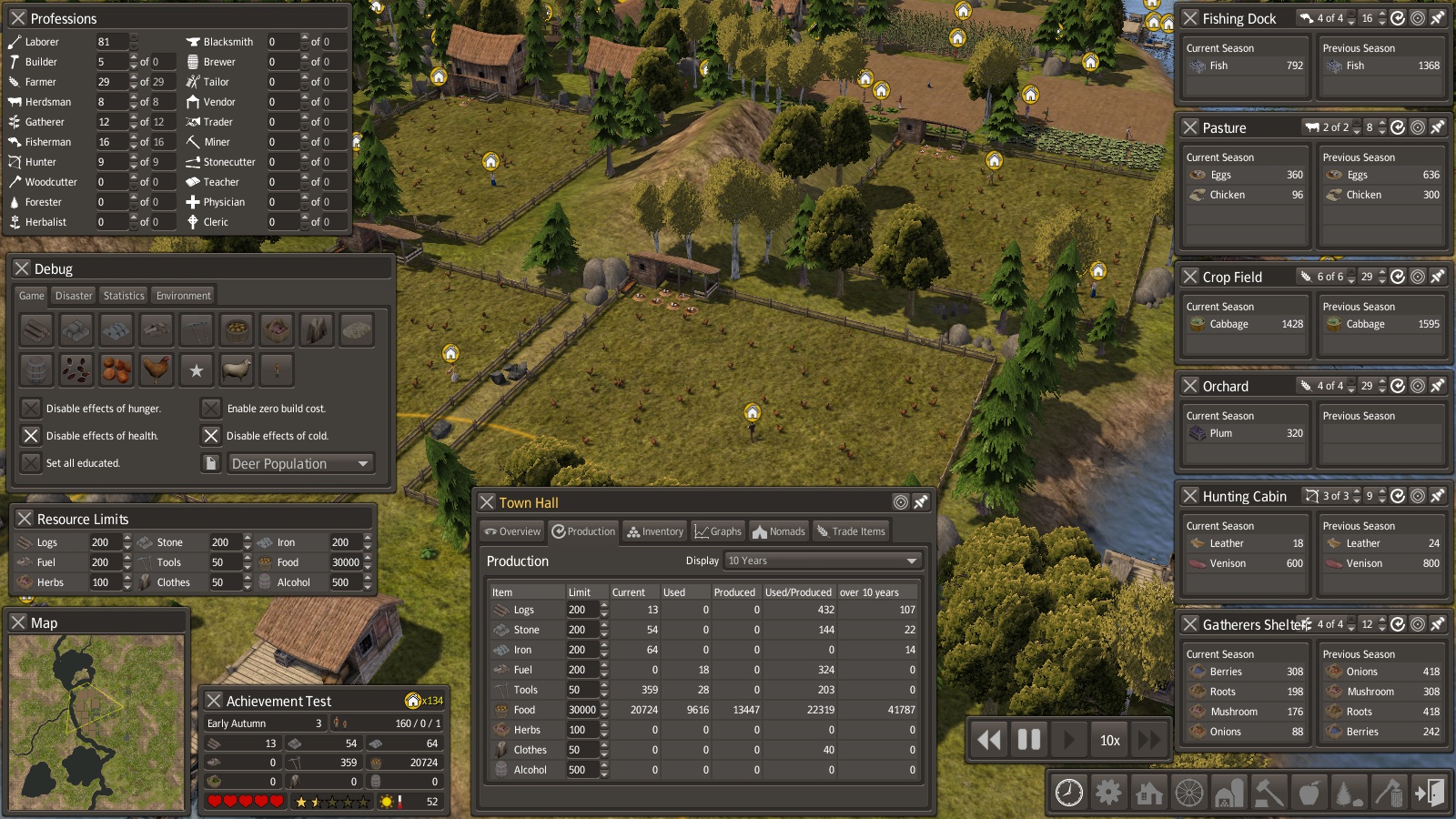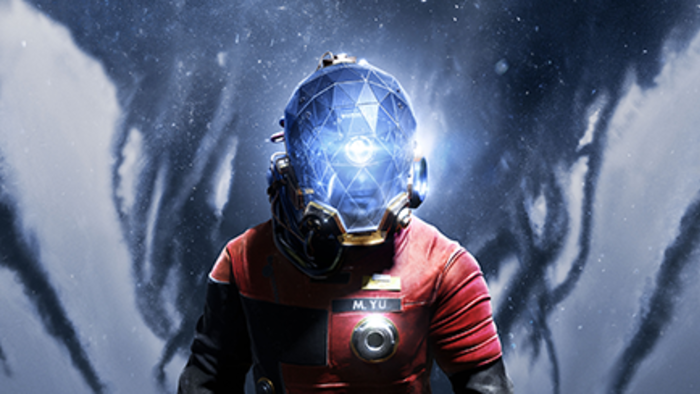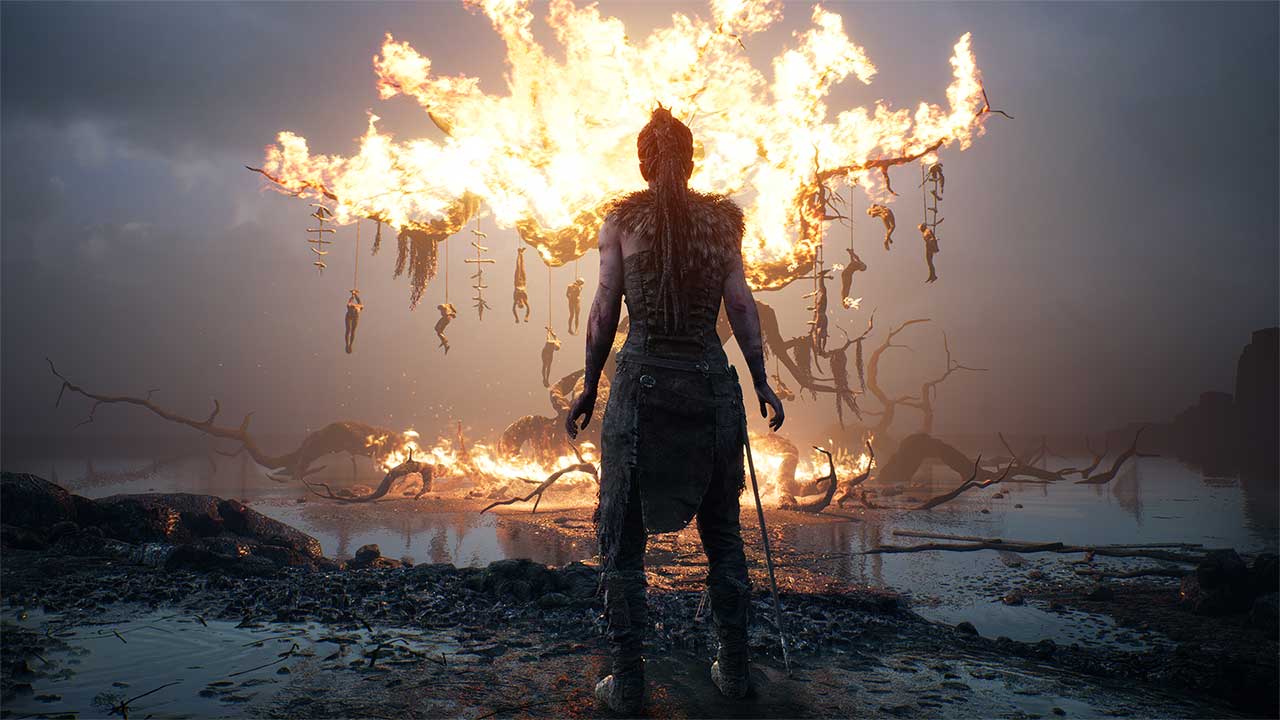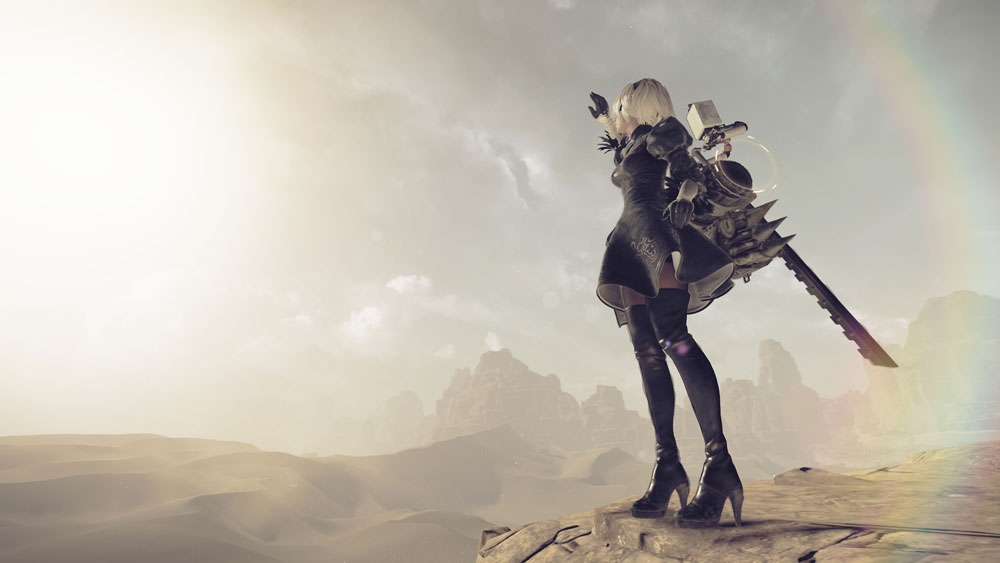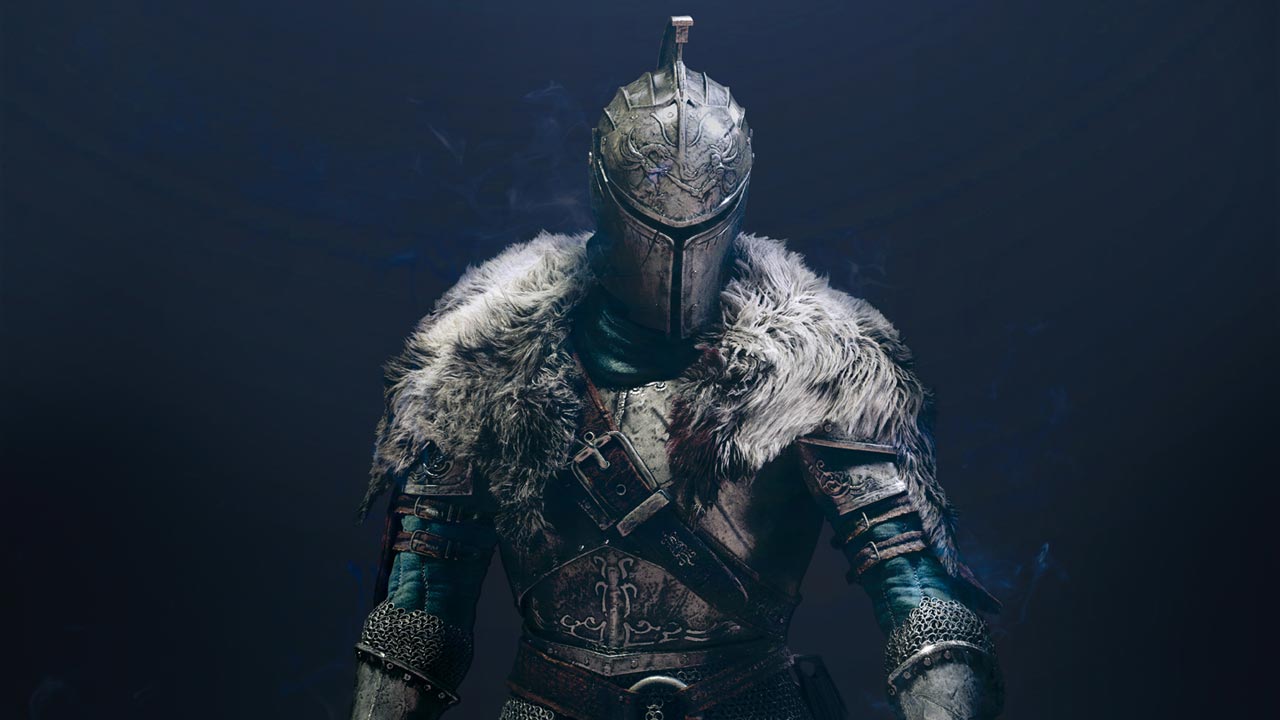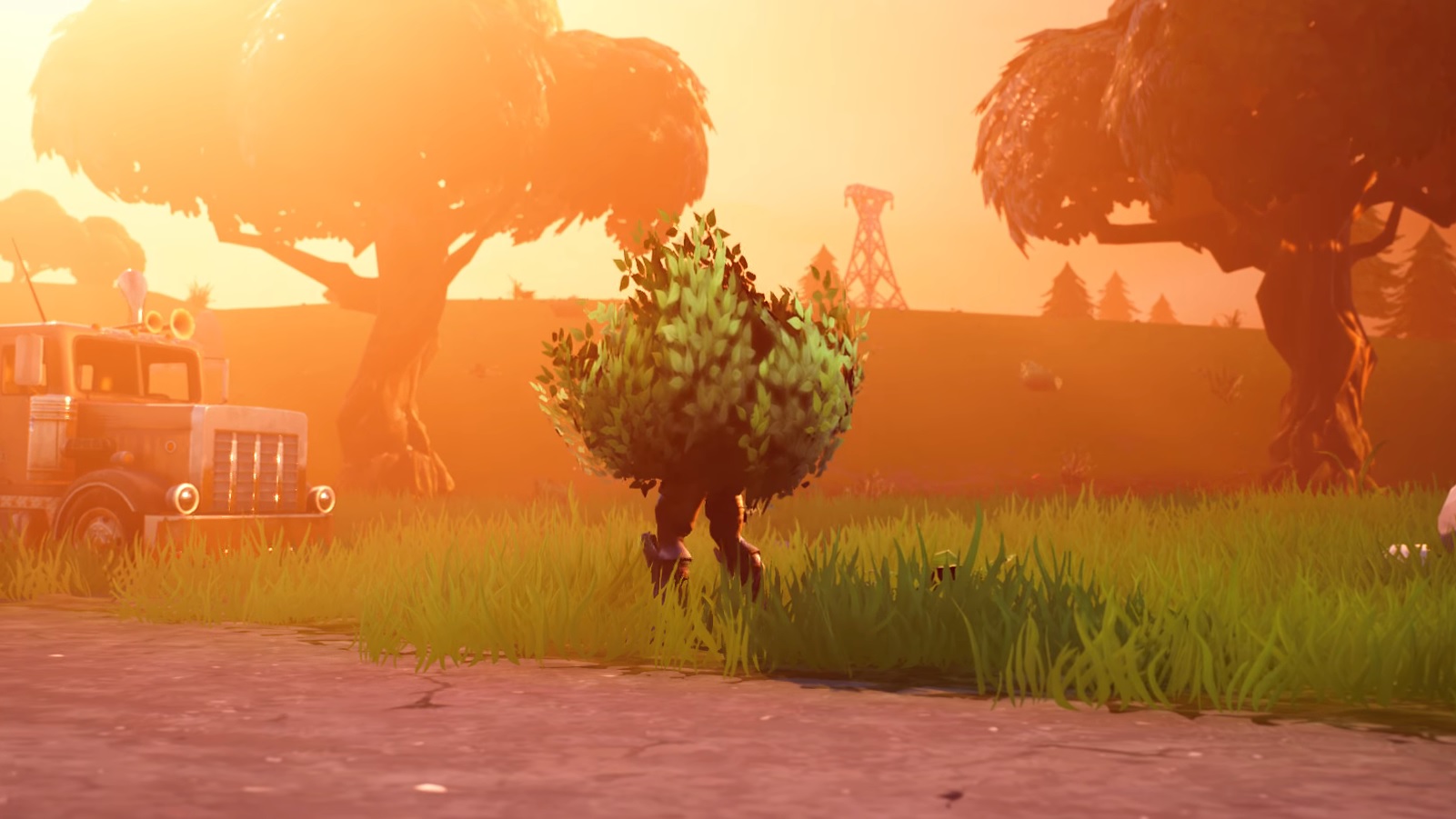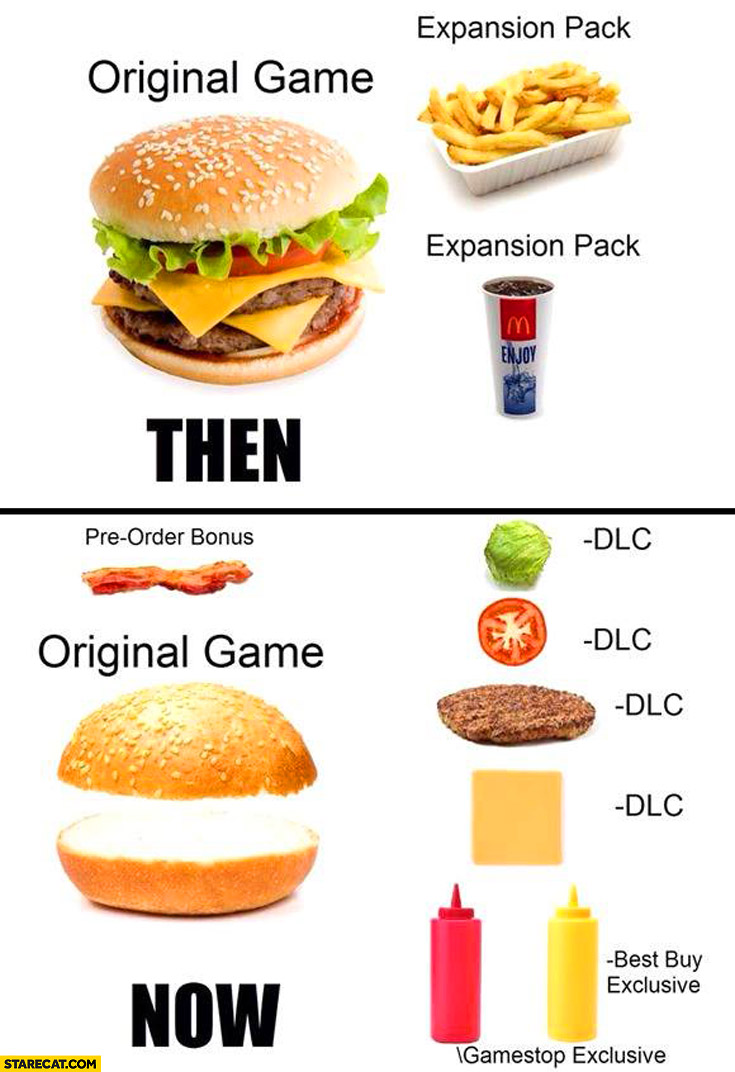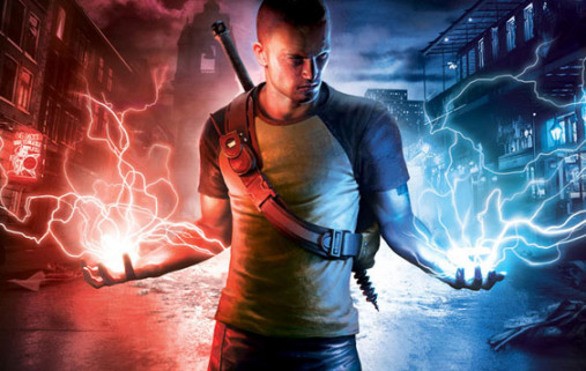I have been trying to decide what to write about for my return to this platform. I have been considering expanding the scope of this blog to other personal interests of mine: television, music, etc. While I still plan to do this, in the end, I decided that my first post in years should be a return to form. However, I do apologize for the length.
A week or so ago, someone reminded me of the SuckerPunch game, Infamous. In an instant, I was suddenly back in school, sitting on my couch watching an ad break on tv when a trailer for Infamous started playing. It was understated at first. Just some simple guitar notes with an out of focus Dutch angle shot of bolts of lighting striking the ground near a truck.

Then a rewound shot of a power transformer being struck by lighting. The music picks up, getting louder and adding instruments in as you see people bound to the ground with bonds made of lightning and a reversed shot of a man crashing through a glass ceiling with electricity coursing over his body. Each new shot grew more and more epic.

Silent, slow motion explosions, massive lightning storms and then suddenly the music changes. Some light cymbal crashes lead into a heavy guitar chord matched with this incredible shot of a man in some kind of machine surging with electricity, his back arching as the power rushed through him. The simple guitar notes have turned into grungy power chords as the screen shows speed ramped combat with amazing electric powers, big explosions, parkour, etc. It was one of the coolest things I had ever seen and it matched perfectly with the music (which I later learned is “If Trees Could Talk” by Malabar Front) such that punches and explosions landed on down beats.

The trailer ended with a prolonged guitar chord and an electric grenade blowing up a giant golem made of trash behind the character as he walked like a badass away from it. In that instant I knew I had to get the game. The trailer gave me chills then and still does today, eleven years later. That whole experience flashed through my mind the moment someone even mentioned the game.

I immediately went back and searched up the trailer on youtube and thought about how well that experience has stuck with me after all these years. I started thinking about other game trailers that were similarly memorable and why. There are lots of ways that an advertisement can gain attention and that’s no different for video games.
Empowerment
The Infamous trailer shows one of the most effective ways to draw in players. Showing exciting gameplay-ish footage with effective music to make you think you’ll feel like a total badass when playing. I knew almost nothing about the game except that it had some electric powers and I was sold. Another good example of this is the trailer for Call of Duty Black Ops. Set in the Vietnam war, the trailer is matched with “Gimme Shelter” by the Rolling Stones. This trailer also does a good job of editing to match explosions, gunshots, and glass shattering with drum beats, which heighten the experience of watching the crazy action on screen. The shots are almost all taken from cutscenes in the single player campaign and so not representative of the main gameplay experience at all, but the rush of the action mixed with the nostalgia of a beloved classic rock song will create an emotional connection that would be very effective at drawing in new players. Similarly to Infamous, there isn’t a ton of immediate info on what the game is about, what kind of story or setting to expect, or how it might be similar or different to previous entries in the series. The draw is all based on making the viewer feel like an action hero.
A slightly different case of this kind of emotional draw is Shadow of the Colossus. The trailer takes a few seconds to show Wander carrying the woman’s body and that is the only “story” context we have. The rest of the trailer is shots of various Colossi battles set to very PS2 era adventure music. It is awe inspiring to see these massive foes with this bombastic, triumphant, heroic score in the background. More than making the viewer feel like they will be fighting in David vs Goliath esque battles, this trailer does a good job of pushing the false narrative of a brave hero fighting massive evil monsters to save a damsel and doesn’t hint at all at the true somber tone of the game. It’s a simple trailer, but emotionally engaging and quite representative of the gameplay.
Visual Storytelling
Making you feel like a badass, isn’t the only way that a game trailer can capture your attention with thematic music and striking visuals. The trailer for That Game Company’s Journey relies almost entirely on Austin Wintory’s gorgeous score. It starts with a fade in to sand. Pretty sand, but just sand. But it doesn’t matter because all you need are the beautiful deep cello notes evoking a sad solitude, a sorrowful desolation. It’s over 30 seconds, 1/4 of the trailer before you see anything but logos or sand. As the player character appears, the cello fades out for a harp and oboe to take over. The next 30 seconds are taken up by shots of the character running through abandoned, desolate landscapes accompanied by the same sorrowful melody.

And then three things happen at once. A second character appears, the light at the top of the mountain is glimpsed and a viola comes in with a rising, hopeful melody. You are no longer alone and without hope. There is something more. Something new.

There are now scenes the characters flying and glowing, traveling upwards and forwards together. This trailer perfectly fits Journey for me. It is a game with no dialog, and yet it tells a complete story both through visual storytelling and unmistakable emotional language. This trailer is a microcosm of that. What else is capable of filling me with emotion while staring at sand?
A similarly subtle, yet meaningful trailer is for the recent game Draugen, a beautiful and mysterious exploration of the dark side of a picturesque Norwegian village. On a casual viewing of the trailer, it just seems to be beautiful glamour shots of the game set to dramatic strings music. But on a closer viewing, there are a lot of details that hint at the nature of the game. It opens on a closeup shot of a young girl looking searchingly into the camera, as if into the viewers eyes, looking for something only she knows. She looks away briefly and then with a brief smile, turns away and runs off. Immediately, this tells us that there’s something that we don’t know but she does. Here is the mystery.

This is confirmed twice more, by the light, tentative piano keys playing over a high, shrill violin note: hesitancy hiding tension. Then in case you hadn’t caught on yet, words appear on screen saying “A Story About What Lies Beneath”, stating outright that things are not as they seem. The trailer goes on to depict an empty village on an empty fjord. A knocked over bucket sitting next to what seems to be old laundry hanging from a tree. A flag at half mast signifying that someone is dead. And scattered pieces of clothing left abandoned: a red hat, a pair of white gloves, and a blue coat. We are left wondering who those belong to. The video ends with the same girl dancing and humming along to the melody (the song that is evoking the feeling of mystery and tension) looking out of the window expectantly. In a few shots we know that there is an empty village that has known death, an absent person who has left their belongings, specifically clothing that they would travel with, strewn about, and a mysterious girl who knows something we do not. This is the kind of trailer I wish I saw more often. One that sets the tone emotionally and thematically without saying anything explicit. It’s the opposite of a trailer like that of Nier Automata, which while emotionally intriguing and exciting, is chock full of spoilers and significant moments from the game.
Emotion
Not all trailers are as cryptic as these two, however. Two fantastic examples of trailers that tell their stories simply through music and visuals are Dead Island and my personal favorite game trailer, Halo 3. Both of these are not subtle at all about what they want the viewer to take away from watching. Dead Island’s trailer shockingly opens on a closeup shot of the horrified face of a dead little girl. The camera zooms out with sad, minimalist piano music playing to set the mood. There is a man running around on fire behind the girl, suddenly there is a quick cut to the same girl running for her life, gasping for air. Then we are back to the girl dead on the ground. Suddenly her body lifts off the ground with a collection of broken glass, revealing that the scene we are watching is being played in reverse. We cut back and forth between the silent, except for music, reversed scene and the other, normal one as they slowly come together in the middle. The girl is running from zombies but gets caught and bitten. Her parents find her and carry her away from the zombies but it’s too late. As they try to get her away from the horde, she turns and jumps on her father, biting him in the neck, as her mother watches in horror and the horde of zombies spills into the room. In the chaos, the girl gets tossed out the several story window of a hotel and lands on the ground. Told through both the forwards and reversed scenes, the trailer cuts to a simple logo and then handheld camera footage of the happy family arriving at the hotel for their vacation before everything went to hell. The trailer tells a simple and sad story of a family destroyed by zombies. It’s not subtle. It’s not mysterious. But it’s very effective, evocative, and memorable.
Halo’s is similar and yet different. The trailer starts with minimalist piano music by Chopin. It sets the tone well by evoking loneliness and nostalgia. The camera starts panning up from a shot of the ground to a plastic toy soldier sitting dejectedly on a fallen tree. Then a cut to a row of shellshocked and traumatized toy soldiers staring into space.

The trailer moves on to show a still life of an active battlefield populated by plastic soldiers and plastic aliens. Explosions are tossing bodies. Alien brutes are decimating the human forces, clearly winning the battle as they tower over fleeing soldiers, throwing them around like they are nothing. This is also clearly evident on the faces. The humans are consumed by fear, despair, pain and hopelessness while the aliens are roaring in savage triumph.

As the shots grow grander and show more of the battlefield, we see hundreds on both sides swarming in a chaotic mess over this mountainous, alien environment. It is a sobering image of a desperate war and unimaginable death. And at the center of it is an alien displaying the limp body of Master Chief and roaring in victory. This is the darkest moment. The symbol of the humans’ hope is defeated.


That image is still so powerful to me and I’m not invested in the Halo story in the least. The pathos built up through the shots of death and despair on the soldiers faces to then see that their ultimate hope is gone is really effective. However, just when all hope seems lost, Master Chief’s looks up and straight into the camera. This is the first moving object in the entire trailer. His visor is reflective. A mirror, as if to say that we, the viewers, are the hope that he symbolizes. The final shot is a black screen with the word “BELIEVE” on it. At the moment of ultimate defeat, we are told to believe that we can be the ones to bring hope back to the battle and save the day. It’s an immediate and powerful change in tone that really struck me emotionally. It is, to this day, one of the most powerful trailers I have seen.
Setting
Neither the Dead Island nor Halo trailers actually say anything about the gameplay, story or even much about the setting other than zombies and alien war. There are some other trailers that use similar artistic methods to draw in players but rather than pure emotional appeal, they want the viewers to be attracted to the setting. One of my favorites is Dishonored, a gritty, steampunk assassin game by Arkane Studios. This trailer uses a very creepy cover of an old sea shanty called “Drunken Sailor”. This cover, “Drunken Whaler” uses a chorus of children’s voices, deep bass and guitar instrumentation, eerie sound effects like a squeaky swing and heart beats, and far darker lyrics (Instead of “Throw him in the brig until he’s sober”, they might use “Feed him to the hungry rats for dinner”). This music is accompanied by shots of a Victorian London-esque city full of tall, old fashioned buildings intermingled with advanced technology like stilt walking mechs, electric force fields, big mechanical towers, etc.

This is an impressive and intriguing enough setting on its own, but the city is clearly not doing well. It is dirty, dark and empty, there are signs about a plague all over the streets, dozens of corpses being tossed unceremoniously into the ocean as a kind of mass grave. In addition to this, however, there are also scenes of grand cathedrals, palaces, and parties to show that there is a great class divide in the city and the rich are not suffering the plague like the poor. These establishing shots are mixed in with small sections of gameplay, usually a second or two to show that the player can use powers like time manipulation or teleportation. These not only serve to hype the player for combat abilities, but to show that the setting also has a mystical element to it.

About half way through, the trailer shifts to a montage of the player executing and assassinating people brutally while the song goes into a repeated refrain of “Slice his throat with a rusty cleaver” which very clearly shows the brutality and violence of the world and the player character. The trailer ends on a shot of a little girl reading a book, while the child vocalist hums the melody and it fades out to a title screen. The viewers get so much information about the world: class divides, advanced technology, a deadly plague, magical abilities, brutal violence, and the notion that even a child’s innocence has been corrupted by this horrible world. That was enough for me to be extremely interested even without very much knowledge of the gameplay or story. Another Arkane game, Prey, does a similar thing with it’s trailer. It introduces important themes, while showing off some of the setting without giving too much away about the story (though still a bit more than I’d like).
The Witcher 3 is a fantastic game that has been talked about to death, but I do want to quickly mention that CDPR did something interesting, and quite smart, in releasing several very different trailers that will draw in people for different reasons. They had, of course, their cinematic trailers: A Night to Remember, an intense fight scene between Geralt and a vampire that introduces viewers to the life of a professional monster hunter and the extreme danger of it. And Killing Monsters, a short scene where Geralt, and his mentor Vesemir, come across some soldiers about to lynch a peasant woman. Geralt kills the men despite Vesemir’s desire to stay neutral. This is to introduce one of the main themes of the entire Witcher story. While witchers are supposed to stay neutral and professional, Geralt cannot and routinely gets personally involved despite what he claims he wants. They also released a fairly comprehensive trailer called The Sword of Destiny that briefly outlines the main plot, Geralt’s unique status among witchers, the moral ambiguity of choices, and shows a bunch of shots of Geralt fighting monsters, killing men, and bedding women. This is a very good trailer for showing the viewer exactly what the game is about.
My personal favorite Witcher 3 trailer, though, is the launch trailer. It includes no dialogue or narration, but still imparts a lot of information. It opens on a shot of a tree from which several people are hanged, showing the brutality of this world. Set to “Oats in the Water” by Ben Howard, a song written while feverish and ill about death and the cruel ironies of life, the trailers shows the world as both Ciri and Geralt travel it, telling the viewer of Geralt’s search for her. This is interspersed with shots of the past showing Geralt, Ciri, and Yennifer’s bond, further emphasizing their drive. Towards the end, the trailer shifts to a collection of epic landscape shots to show the beautiful world and a whirlwind of colorful characters that all impact Geralt’s quest.
There are probably hundreds of trailers that could fit into the setting category and as much as I would love to talk about them all, I’ve been on this for long enough, but here are a few other notable examples that I couldn’t help but mention. Horizon Zero Dawn had an incredible E3 presentation in 2015 that sold me immediately just on the concept of a post-post apocalyptic world inhabited by primitive tribes and robot dinosaurs even before the astounding game play section started. Dark Souls 3 released a very tonally powerful trailer that I would actually only recommend to people who have finished the game because it spoils all but a handful of bosses. It combines powerful visuals with cryptic NPC dialog and matches big downbeats in the song to epic boss attack moves. Control is a game about a federal agency that handles SCP-like objects and events. Unexplainable phenomena that affect our world in almost paranormal ways. The trailer for the game shows haunting and amazing imagery of forboding and often impossible rooms with floating people and disturbing monsters while a narrator explains the premise. It immediately hooked me when I saw it as I have long wanted to play an SCP game. Everybody Has Gone to the Rapture depicts an empty town full of mysterious golden balls of light while a conversation about some emergency is played over a radio. It is heightened even more by a hauntingly beautiful choir song. The less I say about the trailer for Hellblade Senua’s Sacrifice the better, but rest assured, it’s powerful.
Cinematic
Many people don’t like cinematic trailers because they tell you absolutely nothing about what the game experience will be, and they aren’t wrong, but a cinematic trailer can do a ton to get viewers into the conceit of the narrative or world. Overwatch and League of Legends are famous for their short films and music videos that expand on lore or simply get people attached to characters. The Dragons short for Overwatch is one of my favorites and rewatching it today makes nostalgic and gives me an urge to get back into the game. Hanzo and Genji’s story is emotionally powerful and just plain cool. I haven’t really played League in seven years and yet this terrifying trailer for the champion Fiddlesticks gives me chills and the K/DA Popstars music video got me to actually download the game again and try a few matches. Some cinematic trailers can do a lot more than just get you invested in lore or pull on your heartstrings. The original Warcraft 3 Reign of Chaos trailer actually manages to be cool, emotionally engaging, and introduces the viewer to the themes and premise of the game world.
The trailer opens on a tattered flag and a duel between a human knight and an orc. Their fight is desperate and they are both panting and exhausted, but their hatred keeps pulling them back into another attempt to kill the other. A narrator explains that they have been fighting for generations without heed to the prophecies. This very succinctly sums up the whole setting: orcs and humans locked in a forever war, perpetuated by nothing but their mutual hatred. Both sides suffer and nobody wins. The things that were important and sacred before the war are now ignored. In the trailer, a storm intensifies around the combatants and suddenly, green meteors come raining down around them. One lands nearby and a large, monstrous demon rises from the crater. The last shot is of a puddle being polluted with both orc and human blood as both corpses lie next to each other, killed by the demon. This is the premise of the game. Orc and human must learn to put aside their hatred because for all their differences, neither can survive the Chaos alone.

Assassins Creed lives and dies by its’ setting. They are perfectly aware of this and their trailers capitalize on it really well. AC trailers are short, action packed films that are love letters to fans of the setting. Two examples I want to mention are Assassins Creed Black Flag and Assassins Creed Syndicate. I am a huge fan of the romanticized Pirate concept and the trailer delivers that in spades. The legendary Edward Teach proclaiming the virtues (or lack thereof) of Edward Kenway cut with shots of chaotic ship battles, seedy taverns, and buried treasure told me everything I needed to know. I wanted a Pirate game and here it was. Syndicate is set in Victorian London where you build up a gang of commoners to overthrow the oppressive elite. After a gorgeous aerial view of London, we see the cartoonishly evil templars putting kidnapped children to work in a factory, immediately setting the tone for the player to be the champion of the people. The trailer follows various actions of one of the playable assassins, Jacob Frye as he gets in a gunfight/carriage chase, liberates a factory from its oppressive Templar overseer, and uses a bar fight to gain new recruits for his gang. It’s fun, action packed, and full of Victorian flavor. My only complaint is that Syndicate has a gorgeous score composed by the great Austin Wintory and the trailer just features a modern pop rock song.
The last cinematic trailer I want to mention is the one for Sid Meier’s Civilization VI. Civilization is a hard game to hype with a trailer. The gameplay itself is hardly exciting to watch and the changes between mainline games are significant but hard to see in a 3 minute trailer. So instead of trying to capture the specifics, Civilization trailers tend to try to capture the soul of the franchise. It’s about trying to build something that will last the test of time. Do we as players measure up to the great leaders in our history? But it’s also about how our civilizations have evolved over time. Humanity’s endless ambition, ingenuity, creativity and even greed. The trailer depicts great scientific achievements, daring adventures, cultural wonders, and terrible wars but all with this hopeful music driving us forward to the next landmark era. It inspires me. Even if it isn’t representative of the game in the least, Civilization’s brand is tied to these kinds of cinematic trailers that make people feel the call to adventure and progress.
Art
There are some games that don’t need to hook you with the story, the setting, or emotional appeals. All they need is to show you what they look like. The beautiful and unique art on display to capture and retain the audience’s attention. The original Okami trailer is a good example of this. It’s all in Japanese and I have no idea what it’s about or what is being said, but the art is so unique and interesting that I want to try the game. This section will be more brief, as I think the trailers can and should speak for themselves.
One of my absolutely favorites, Supergiant Games is a studio that has mastered this. All of their games are gorgeous, but Transistor, in particular, is notable for its trailer. It’s a simple presentation, but it doesn’t need any more because it lets the strengths of the game speak for themselves.


Transistor has an almost stained glass look to its multi layered, isometric backgrounds with bright colors and varied shapes. The trailer includes a short section outlining the basic premise of Transistor, but all that is needed is the amazing haunting music by Darren Korb and sung by Ashley Barrett providing emotional texture to the mixture of incredible stills and Supergiant’s unique combat. It tells you all you need to know about the game: good music, breathtaking visuals, and signature gameplay.
Ori and the Blind Forest is a game that tells the entirety of its story through visuals and music. It’s very emotional and the music is so distinctive that when a live pianist played a few notes before the sequel’s E3 announcement, the whole audience knew what it was. The trailer explains the entire story conceit of the game in just a two minute video. The animation has so much character that no words are needed.
Another of my favorite studios, Thunder Lotus Games, released one of my favorite roguelikes in 2017. Sundered has possibly the most frenetic and intense combat I’ve ever experienced. What seems like unending hordes hell bent on dragging you into the darkness with them. All of it in this eldritch, horrifying artwork. This is one of my favorite uses of Lovecraftian imagery. The entire experience is very unique.


The final game I want to mention is Hyper Light Drifter, a deeply personal game that I don’t have the words to describe. The visuals and music say more than I ever could, but it has my highest recommendation.
In conclusion, I clearly think about these trailers too much and am really bad at trimming. This ended up being far longer than I intended it to and I fully do not expect anyone to read the whole thing, but I just hope that everyone might find some example here that they can identify with. If I had an overarching point, it’s that there is so much variety in art that appeals to different people for different reasons and it should all be celebrated.
